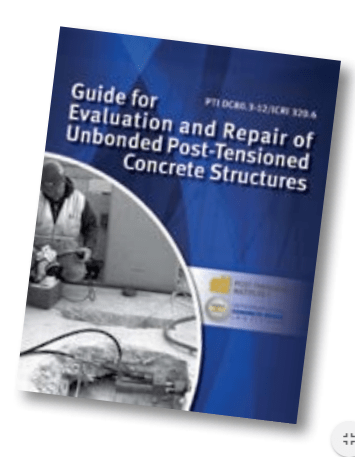KootK
Structural
- Oct 16, 2001
- 18,561
Disclaimer: this is one of those threads where I'm too lazy and time pressed to do my own research. If you're not down with helping out on that basis, do abstain.
I've got a restoration contractor friend that wants to jump into PT restoration work as it pertains to general concrete restoration. Canada, mostly slabs, lots of slab edge rebuilding. He's got a project that he needs to bid on this week. Before he does, he wants to get some kind of handle on:
1) The core procedures that he'll have to figure out how to execute (distressing, splicing etc).
2) The basic equipment that will be required.
3) The basic training that will be required and the options for acquiring it (PTI etc).
I've been asked to help with with this and it represents an opportunity that I've been longing for. So if I can be impressively helpful -- and helpful this week -- there may be real value in it for me. I know my way around new built PT and am not a complete noob on the restoration side. That said, I know that we've got some PT reno rock-stars here who could save me some time and improve my odds of knocking this out of the park.
So... recommendations? I've got the publication below on order which I think will be a good start. Of course, the chances of my doing much more than thumbing through it this week are pretty remote.

I've got a restoration contractor friend that wants to jump into PT restoration work as it pertains to general concrete restoration. Canada, mostly slabs, lots of slab edge rebuilding. He's got a project that he needs to bid on this week. Before he does, he wants to get some kind of handle on:
1) The core procedures that he'll have to figure out how to execute (distressing, splicing etc).
2) The basic equipment that will be required.
3) The basic training that will be required and the options for acquiring it (PTI etc).
I've been asked to help with with this and it represents an opportunity that I've been longing for. So if I can be impressively helpful -- and helpful this week -- there may be real value in it for me. I know my way around new built PT and am not a complete noob on the restoration side. That said, I know that we've got some PT reno rock-stars here who could save me some time and improve my odds of knocking this out of the park.
So... recommendations? I've got the publication below on order which I think will be a good start. Of course, the chances of my doing much more than thumbing through it this week are pretty remote.

